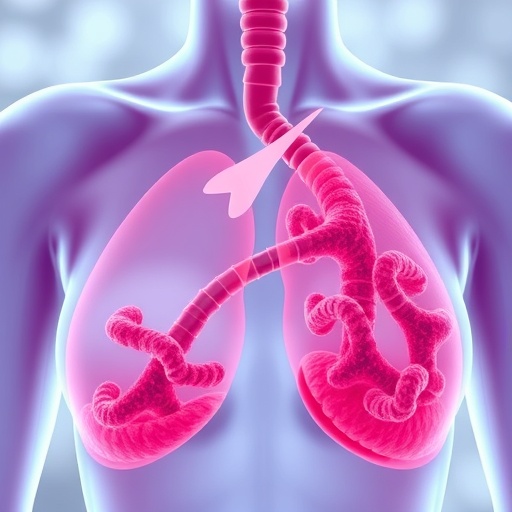MINNEAPOLIS, MN- September 19, 2018- The seasonal flu is caused by different subtypes of Influenza A virus and typically leads to the death of half a million people each year. In order to better understand this virus and how it spreads, University of Minnesota Medical School researchers took a closer look at the cells inside the lungs. What they discovered is not only is the immune system response tuned to the amount of virus replication, it's also tuned to the viral spread. This deeper and more accurate understanding of the influenza virus and how it spreads could be the building blocks to better protective therapies for patients in the future.
"Distinct antiviral signatures revealed by the magnitude and round of influenza virus replication in vivo," was recently published in Proceedings of the National Academy of Sciences of the United States of America. (PNAS) and details the process in which the researchers were able to come to this conclusion. In order to study this properly, they first had to create a virus that could not could spread- it could replicate but never get into a new cell.
Once they accomplished this, they could then artificially look at virus spread, with the goal of studying how new infections changed after immune responses have started. They found that during virus spread, the second round of replication does not seriously infect ciliated cells, which means the body does a really good job protecting those cells. However other cells weren't protected at all, like type-one alveolar cells which are the cells responsible for gas exchange.
"It's really important to know how cells protect themselves from viruses and how this protection can be imparted on different cell types," said the study's senior author Ryan Langlois, PhD, assistant professor in the Department of Microbiology and Immunology at the University of Minnesota Medical School. "Clearly its not equal. Why it isn't equal, what are the mechanisms driving this, and what this means for disease we don't know yet."
Thanks to this research however, researchers now have the building blocks with which to investigate those questions.
"These results change how we view the early infection landscape of cells," said Langlois. "It brings up new questions, such as what are the earliest viral events and antiviral events that are happening in a host."
###
About the University of Minnesota Medical School
The University of Minnesota Medical School is at the forefront of learning and discovery, transforming medical care and educating the next generation of physicians. Our graduates and faculty produce high-impact biomedical research and advance the practice of medicine. Visit med.umn.edu to learn how the University of Minnesota is innovating all aspects of medicine.
Media Contact
Krystle Barbour
[email protected]
612-626-2767
@umnmedschool
https://www.med.umn.edu/




